Optimal Timing for Window Molding Repairs
Window molding repairs are most effectively performed during specific times of the year when environmental conditions support proper installation and curing. The optimal periods typically include late spring through early fall, when temperatures are moderate and humidity levels are stable. Performing repairs during these times reduces the risk of material issues such as warping, cracking, or improper adhesion caused by extreme weather conditions.
Warm, dry weather enhances the adhesion of repair materials and allows for proper curing, making late spring and summer ideal for window molding repairs.
Cold temperatures and high humidity can hinder the curing process and lead to subpar results. It is best to avoid repairs during winter or rainy seasons.
Scheduling repairs during periods of low occupancy or mild weather minimizes inconvenience and ensures efficient completion.
Many repair compounds and sealants perform best within specific temperature ranges, typically between 50°F and 85°F, which are common in late spring to early fall.
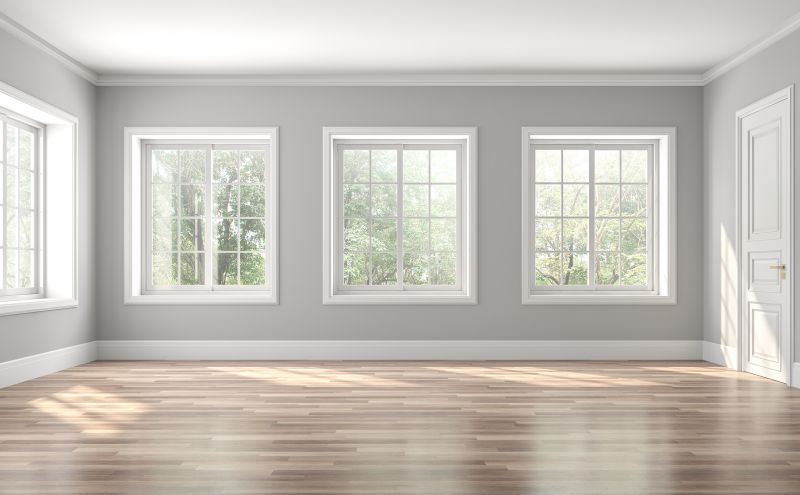
Ways to make Window Molding Repairs work in tight or awkward layouts.
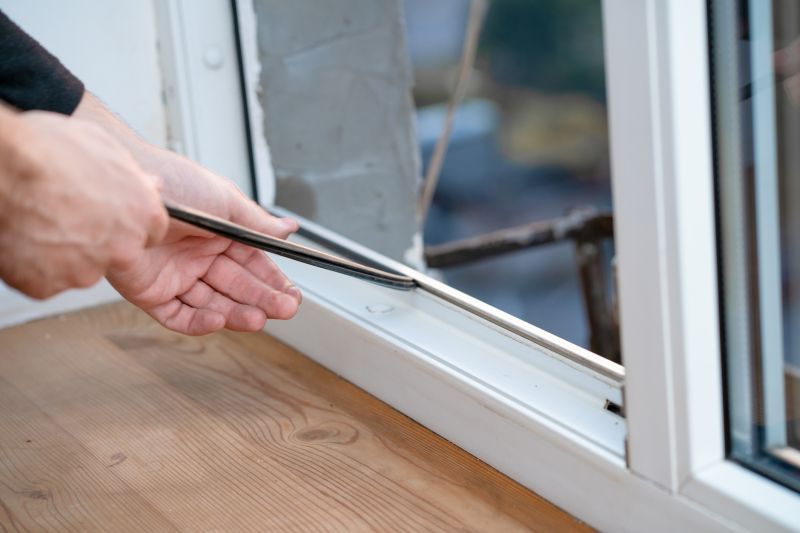
Popular materials for Window Molding Repairs and why they hold up over time.
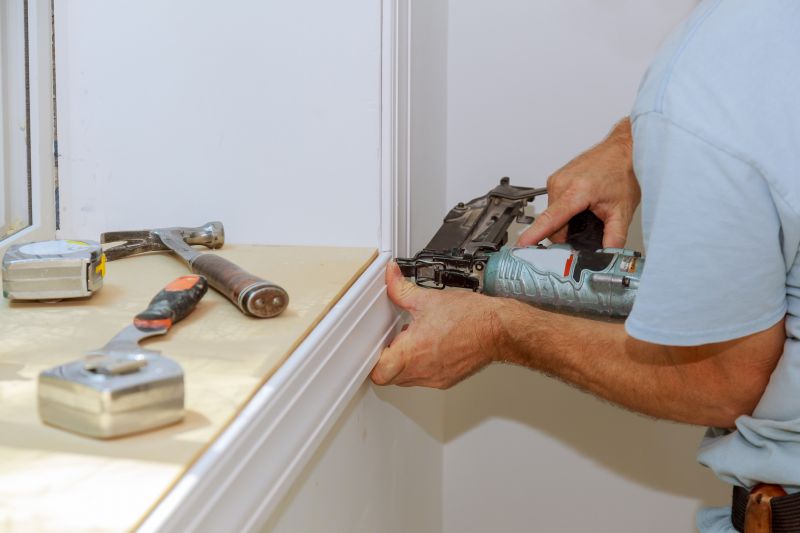
Simple add-ons that improve Window Molding Repairs without blowing the budget.

High-end options that actually feel worth it for Window Molding Repairs.

Finishes and colors that play nicely with Window Molding Repairs.
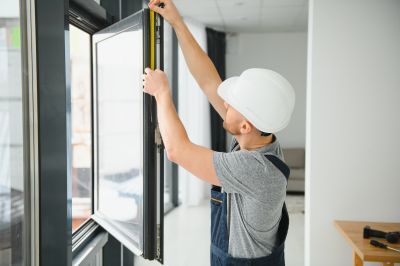
Little measurements that prevent headaches on Window Molding Repairs day.
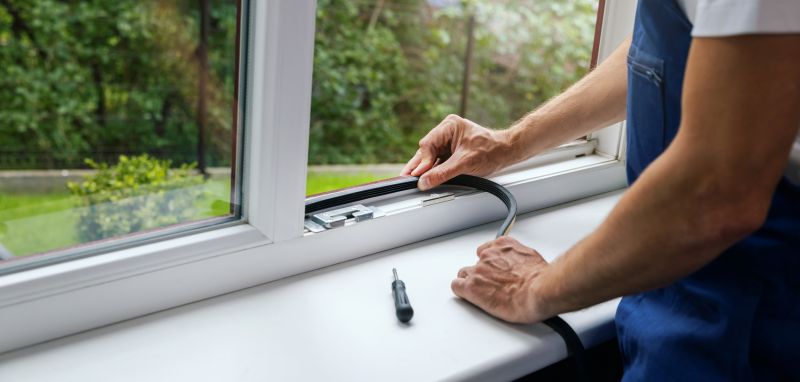
A 60-second routine that keeps Window Molding Repairs looking new.
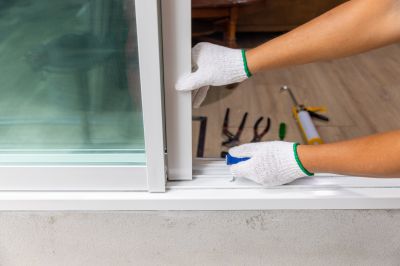
A frequent mistake in Window Molding Repairs and how to dodge it.
| Factor | Optimal Timing |
|---|---|
| Temperature Range | 50°F to 85°F |
| Humidity Levels | Moderate, below 60% |
| Season | Late spring to early fall |
| Weather Conditions | Dry and stable |
| Material Curing Time | Depends on material, typically 24-72 hours |
| Temperature Extremes | Avoid below 40°F or above 90°F |
| Rain and Moisture | Avoid during rainy or humid days |
| Occupancy Levels | Schedule during low occupancy periods |
Window molding repairs require careful consideration of environmental conditions to ensure optimal results. Proper timing not only supports effective adhesion and curing of repair materials but also extends the durability of the work performed. Scheduling repairs during favorable weather conditions minimizes the risk of rework and additional repairs caused by environmental stressors. It is advisable to plan repair projects during seasons with stable temperatures and low humidity to achieve the best outcome.
